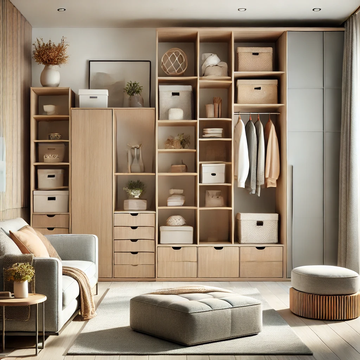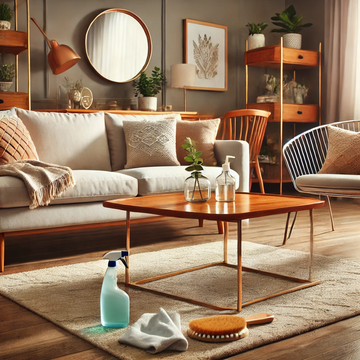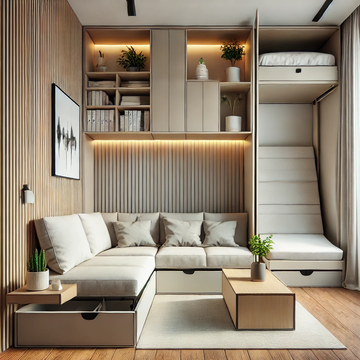Finding the Perfect Laptop: Why It Matters
Let’s face it—picking the right laptop can feel like a bit of a minefield. It’s like choosing the perfect pair of shoes: it needs to fit your needs, look good, and be comfortable. Whether you’re a student, a professional, or just someone who enjoys a good binge-watch session, the right laptop can make a world of difference. It’s all about finding that sweet spot where functionality meets affordability.
I remember my own laptop hunt like it was yesterday. I was on the lookout for something that could handle my occasional video editing but still be light enough to carry around. It took a bit of trial and error, but I eventually found a laptop that ticked all the right boxes. If you’re in the same boat, let’s break down what to consider to make your search a bit easier.
Step 1: Determine Your Needs
First things first—what are you actually going to use your laptop for? It might seem straightforward, but knowing your primary use can steer you in the right direction.
Purpose of Use
Are you just browsing the web and streaming the odd show? A basic model will do. If you’re into professional tasks like graphic design, programming, or gaming, you'll need something with a bit more muscle.
For instance, if you’re a graphic designer, you’ll want a laptop with a strong processor and high-resolution display. On the other hand, if you mainly use your laptop for online shopping and social media, you can get by with something more modest.
Portability vs. Performance
Think about where you’ll be using your laptop most. Do you need something light and easy to carry, or is a high-performance machine more important? Lighter laptops are great for travel, but heavier models often pack more power.
Step 2: Key Specifications to Evaluate
Here’s where it gets a bit technical, but don’t worry—I’ll keep it simple.
Processor
The processor is like the brain of your laptop. For everyday tasks, an Intel Core i5 or AMD Ryzen 5 will do the trick. But if you’re running heavy software or gaming, consider going for an Intel Core i7 or AMD Ryzen 7.
Memory (RAM)
RAM is your laptop’s short-term memory. For most tasks, 8GB of RAM is sufficient. If you’re working with larger files or running multiple applications at once, 16GB or more is a safer bet.
Storage
Here’s where you choose between SSD (Solid State Drive) and HDD (Hard Disk Drive). SSDs are faster and more reliable but usually cost more. HDDs offer more storage for less, but they’re slower. If you can afford it, an SSD is a better choice for most people.
Graphics
If you’re into gaming or video editing, you’ll need a dedicated graphics card. Integrated graphics are fine for general use, but they don’t handle demanding tasks as well.
Step 3: Display and Build Quality
Screen Size and Resolution
The screen size and resolution affect how clear and comfortable your laptop is to use. A 13-inch laptop is easy to carry around, while a 15-inch or larger screen provides more space for multitasking. Consider full HD (1920 x 1080) or higher for a clearer picture.
Build Quality
You want a laptop that can withstand a bit of rough and tumble. Look for a model with a solid build and quality materials, especially if you’ll be carrying it around a lot.
Step 4: Battery Life and Portability
Battery Performance
Nothing’s worse than your laptop dying halfway through a meeting or long journey. Look for models with a battery life of at least 8 hours to ensure you’re not constantly hunting for a power outlet.
Weight and Design
A sleek, lightweight laptop is great for commuting or travelling. If you’re mainly using it at home, weight might not be as big of a deal.
Step 5: Operating System
Windows, macOS, or Linux
Each operating system has its strengths. Windows is versatile and widely compatible. macOS is great for those who are deeply invested in the Apple ecosystem, while Linux is ideal for tech enthusiasts who want customisation.
Step 6: Budget Considerations
Finding the Right Balance
Your budget will naturally play a big role in your decision. It’s about finding the best value for your money. Sometimes spending a bit more can get you a laptop that lasts longer and performs better.
When to Splurge vs. Save
If you’re a heavy user or need specific features, it might be worth splurging. For lighter, everyday use, you can save a bit and still get a good machine.
Step 7: Additional Features
Connectivity Options
Think about the ports and connections you’ll need. Do you need HDMI for an external monitor or USB-C for fast data transfer? Check if the laptop has what you need.
Keyboard and Touchpad
Comfort matters here. A backlit keyboard is handy for working in low light, and a responsive touchpad makes navigation smoother.
Other Extras
Features like a touchscreen or fingerprint reader can add convenience but may not be essential for everyone.
Step 8: Brand and Customer Support
Reputable Brands
Go for brands known for reliability and good customer service. A well-known brand often means better support and warranty options.
Warranty and Customer Service
Make sure you’re covered if something goes wrong. A good warranty and responsive customer service can make all the difference.
Ready to Choose Your Laptop?
Choosing the right laptop doesn’t have to be overwhelming. By understanding your needs and considering these key factors, you can find a laptop that fits your lifestyle perfectly. Remember, it’s not just about specs—it’s about finding a machine that works for you and makes your daily tasks a bit easier. So, take your time, weigh your options, and soon you’ll have a laptop that’s just right for you!




